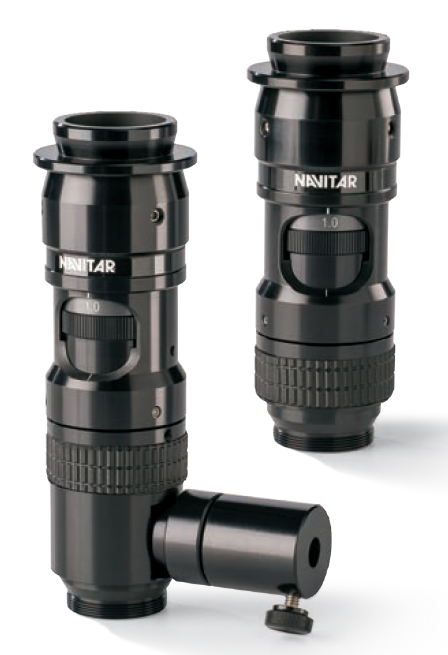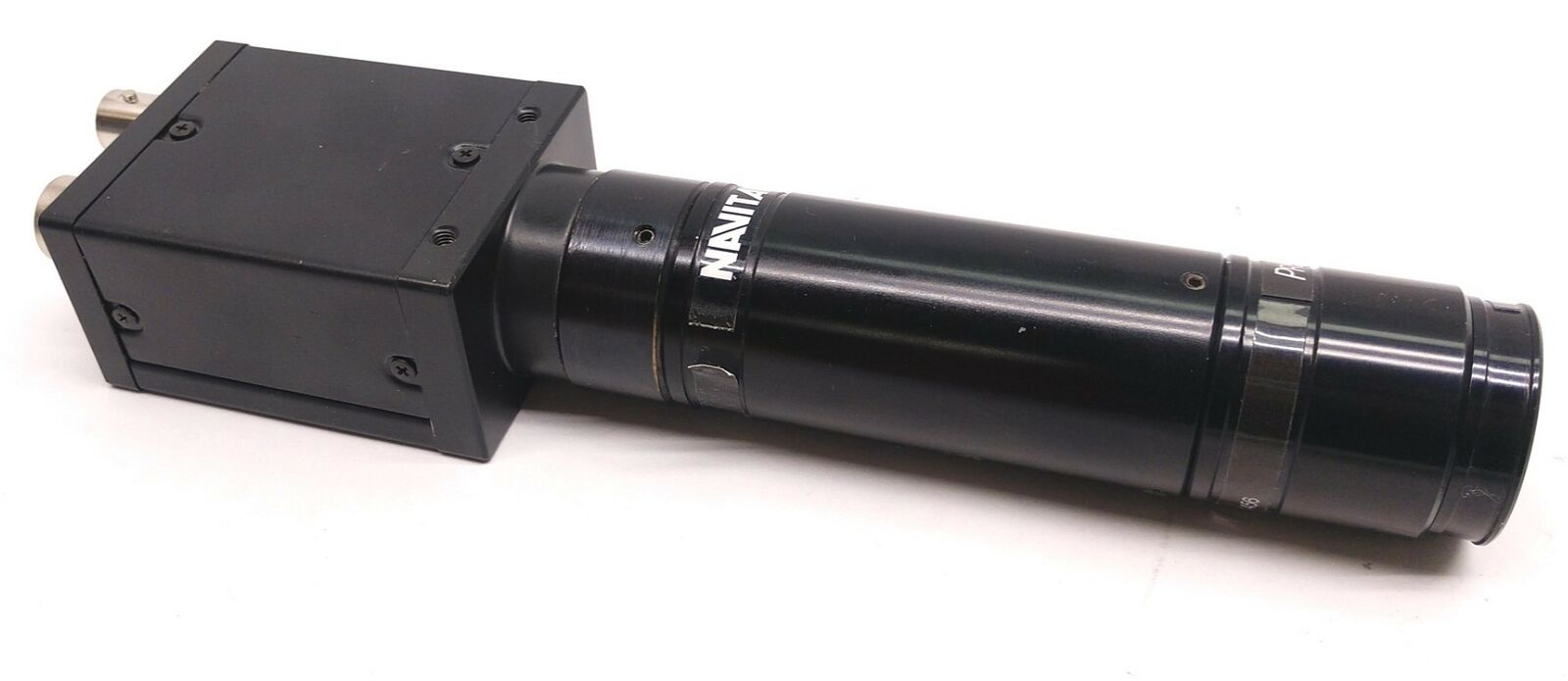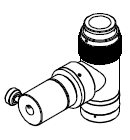Standard C-Mount machine vision lenses are limited to a working distance of 100-200 mm. This limits the ability of a typical C-mount lens to image a small field of view. To “get around” that limitation, you can add C-Mount spacers between the camera and a standard C-Mount lens, as is commonly used in photography. That approach can often work for the field of photography, but it suffers from optical performance deficiencies that can create problems in a machine vision application:Degradation of Image Sharpness: Especially along the edges. Using spacers wastes the resolution capability of the machine vision camera.Poor Depth of Field: The use of spacers degrades the depth of field significantly – especially along the edges of the image. Loss of light: To compensate for the poor image quality and poor depth of field of the C-mount spacers approach, you can close down the aperture of the C-mount lens. Doing so cuts down on the amount of light striking the sensor. You can compensate by increasing the camera gain, but this will result in a noisy image. Pixel noise in the image causes inaccuracies in detecting edges, which degrades measurement accuracy.
PRECISE EYE is a true high-resolution low-distortion macro lens. Implementation of a Precise Eye lens in an application maintains the true resolution of the camera, provides enhanced Depth-Of-Field and conserves the amount of light available in the scene. To further enhance Precise Eye can be ordered with a bright coaxial light source that illuminates the object along the imaging axis. In addition, a Precise Eye lens is mechanically rugged and can be locked to prevent operator tampering. Precise Eye is the most popular macro-imaging lens solution that we sell at Rochester Imaging, as it is a long-standing standard in the field of machine vision. |












